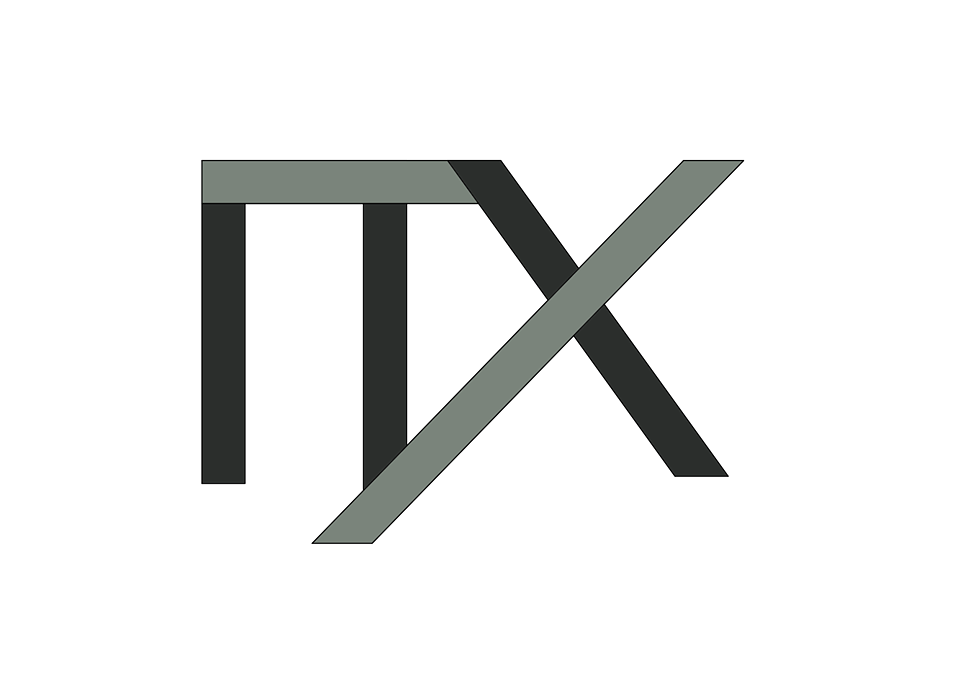This thesis explores the curiously not much studied in management problem of innovation of contemporary Web-based applications. Starting from the distinction between user (U) and manufacturer/entrepreneur (E) innovation and using a phenomenon-based research approach, it identifies a third actor, the developer (D), whose action is found to lie in-between the two. Three actor figures are proposed for his description: user-developer (UD), user-developer-entrepreneur (UDE) and developer- entrepreneur (DE).
This interpretative framework (U, D, E) is tested in the second part on the cases of three industries, where it enables a tracing of their history, from their birth to their maturity: radio industry, PC industry and enterprise computer industry. The important role of D actor is identified in all three settings. Their development phases can be read as a sequence of innovations related to different actors, UDs, UDEs and DEs successively, until the proposition of a rationalisation by enterprises (Es) and leading to the return to the standard categories (Enterprise, Supplier, Consumer).
During the intermediate maturity phase of the Web – the foggy economy -, where expert enterprises Es have appeared, yet the developers Ds remain under the forms of DEs or UDEs, the question posed for enterprises is how to harness their activity for innovation. Three management modes are identified in the third part. The first method consists in fostering the self-revelation of these actors. The second consists in harnessing their action using ephemeral settings for the exploration of the potential of a given service. The last consists in animating a community of developers already using the enterprise’s technology to encourage them in developing applications on the basis of this technology.
You can find the full text here, written in English and including resumés in French.
